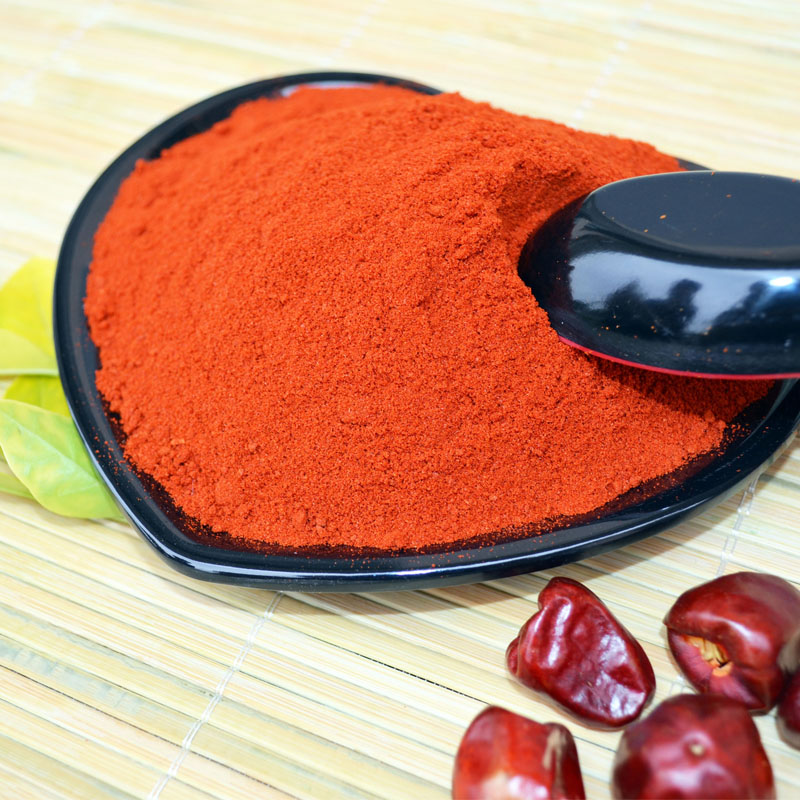- No. 268 Xianghe Street, Economic Development Zone of Xingtai city, Hebei 054001 China
- Byron@hbhongri.cn
Exploring the Flavor and Uses of Smoked Paprika in Culinary Creations
The Allure of Smoked Paprika Powder A Culinary Journey
Smoked paprika powder, often referred to as pimentón, is a vibrant spice hailing from Spain. This remarkable seasoning has gained popularity worldwide due to its unique flavor profile, versatility in cooking, and stunning hue. In this article, we’ll explore the origins, production methods, culinary applications, and health benefits of smoked paprika, highlighting why it deserves a spot in every kitchen.
Origins and Production
The history of smoked paprika can be traced back to the 16th century, when Spanish explorers brought chili peppers from the New World to Europe. Over time, the Spanish cultivated these peppers, which became integral to their cuisine. The most famous region for smoked paprika production is La Vera, located in Extremadura, Spain. Paprika makers in this region utilize a traditional method known as espelette, which involves drying the picked peppers over a wood fire, often using oak or other aromatic woods. This smoking process not only preserves the peppers but also imbues the spice with a distinct smoky flavor that distinguishes it from regular paprika.
The smoked paprika comes in various varieties, including sweet, bittersweet, and hot, allowing chefs and home cooks to select the spice that best suits their culinary needs. The attractive deep red color of the powder is a testament to the quality of the peppers used, making it a visually appealing addition to any dish.
Culinary Applications
The versatility of smoked paprika powder makes it a favorite among chefs and home cooks alike. Its rich, smoky flavor can enhance a variety of dishes, from savory stews and grilled meats to roasted vegetables and sauces. For instance, a sprinkle of smoked paprika adds depth to classic dishes like paella, chorizo, and even deviled eggs.
smoked paprika powder

Beyond traditional Spanish cuisine, smoked paprika can be integrated into many global recipes. In Middle Eastern dishes, it can elevate the flavors of kebabs and hummus, while in American Southern cooking, it contributes to the savory notes in barbeque rubs and sauces. Smoked paprika can even be used in vegetarian or vegan dishes to offer a richer taste, as it mimics the umami essence often found in meat.
One popular application is in spice blends. When combined with ingredients like garlic powder, onion powder, and black pepper, smoked paprika creates a robust seasoning mix perfect for grilling or roasting. Furthermore, it can be used creatively in salad dressings, marinades, and dips, transforming simple meals into culinary masterpieces.
Health Benefits
In addition to its culinary advantages, smoked paprika offers various health benefits. Rich in antioxidants, it is known to provide anti-inflammatory properties, which can be beneficial for those with chronic inflammatory conditions. The presence of vitamins A and E further supports eye health and skin maintenance, while its vitamin B content contributes to overall energy production and metabolic function.
Moreover, the capsaicin found in chili peppers, including the varieties used for smoked paprika, has been linked to improved digestion and metabolism. Incorporating smoked paprika into your diet can enhance flavors while also offering possible health perks, making it a win-win in both taste and nutrition.
Conclusion
Smoked paprika powder is more than just a seasoning; it is a culinary treasure that brings ancient traditions to modern kitchens. Its smoky depth, versatility, and health benefits make it an essential ingredient for anyone looking to elevate their cooking. Whether you're a professional chef or a home cook, experimenting with smoked paprika can unlock new flavors and add a hint of excitement to your meals. So, next time you reach for the spice rack, consider adding a touch of smoked paprika powder to your dishes—your taste buds will thank you!
-
Turmeric Rhizome Powder: A Golden Treasure from Roots to TableNewsJul.28,2025
-
The Versatile Application Of Crushed Red Hot Peppers: Lighting Up The Red Flames On The Dining TableNewsJul.28,2025
-
The Paprika: A Touch Of Vibrant Red In Color, Flavor, And CultureNewsJul.28,2025
-
Ground Turmeric: A Modern Examination of an Ancient SpiceNewsJul.28,2025
-
Capsicum Liquid Extract: Features, Applications, and ChallengesNewsJul.28,2025
-
Application of Capsicum Liquid Extract in FoodNewsJul.28,2025







